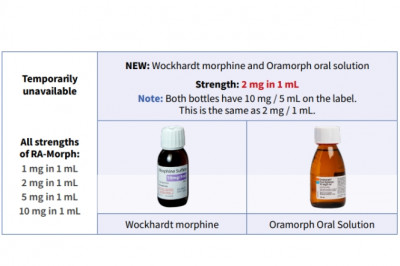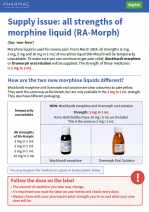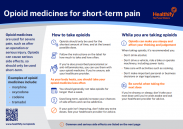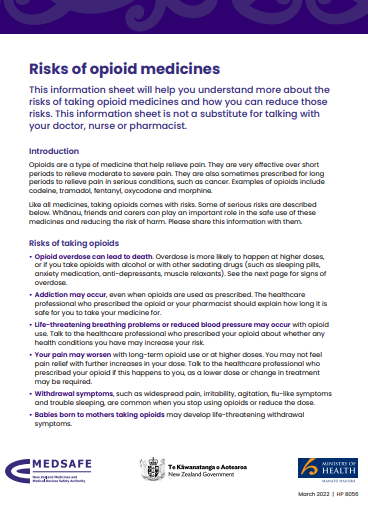Morphine is used for the relief of severe pain (eg, after an injury or operation) or moderate to severe pain caused by a terminal illness such as cancer. It's usually used when milder pain medicines, eg, paracetamol or non-steroidal anti-inflammatories (NSAIDs), don’t work well enough.
- Morphine belongs to a group of medicines called opioids. They act on your brain and nervous system to reduce pain.
- Other pain relievers such as paracetamol and NSAIDs (ibuprofen, diclofenac, naproxen) may also be used with morphine.
- Morphine is not very effective for nerve pain.
- In Aotearoa New Zealand morphine is available as capsules, tablets, in a liquid form and as an injection.
- Read more about pain, pain-relief medication, and opioid painkillers.
Morphine is also used to treat breathlessness and cough in palliative care. A small dose regularly may help to ease symptoms of shortness of breath. Learn more about breathlessness in palliative care and cough in palliative care.
Morphine is also called:
- Sevredol tablets
- m-Eslon SR capsules
- RA-Morph liquid
- Wockhardt morphine liquid
- Oramorph.
March 2024: There are disruptions to the supply of the RA-Morph brand of morphine oral liquid
|
 |









